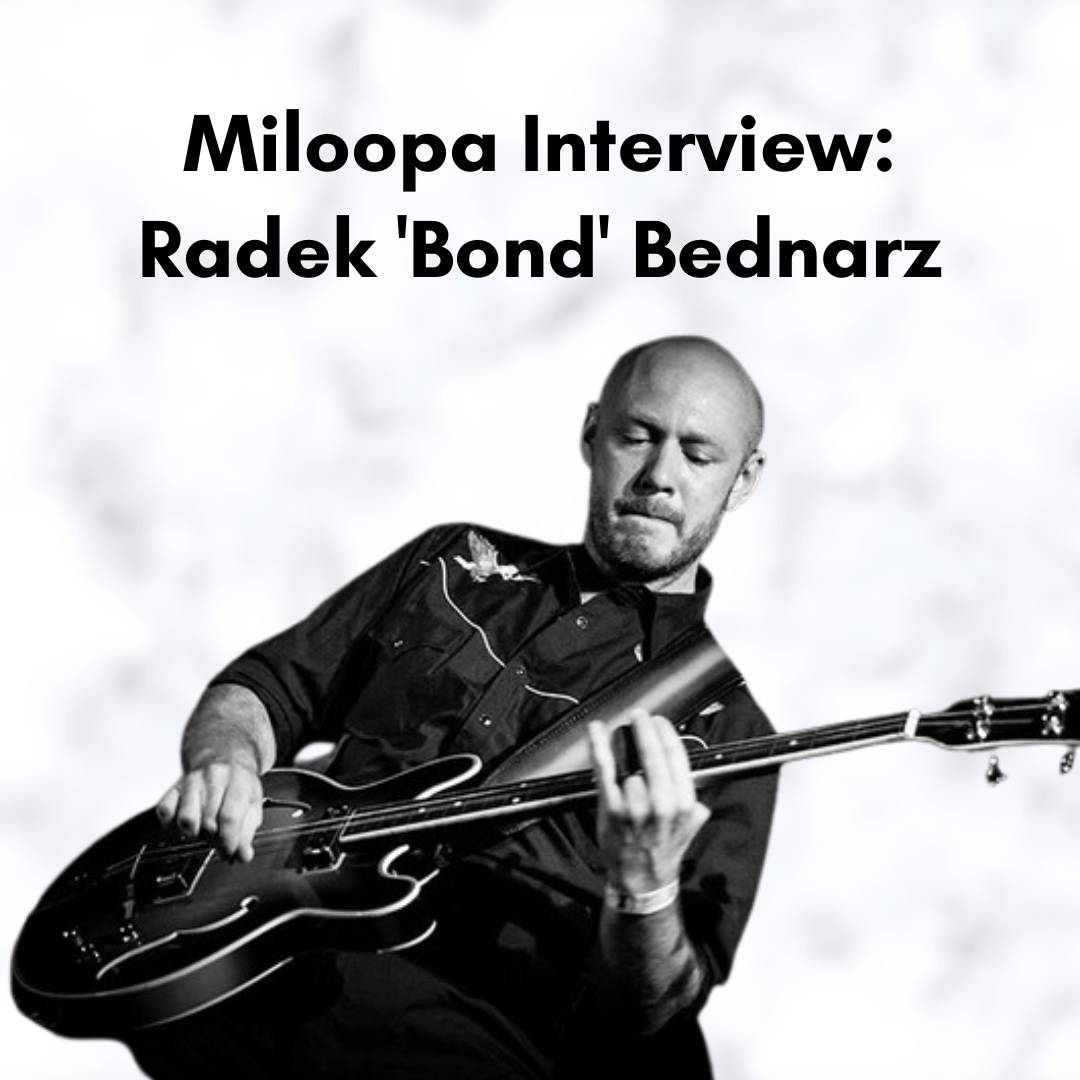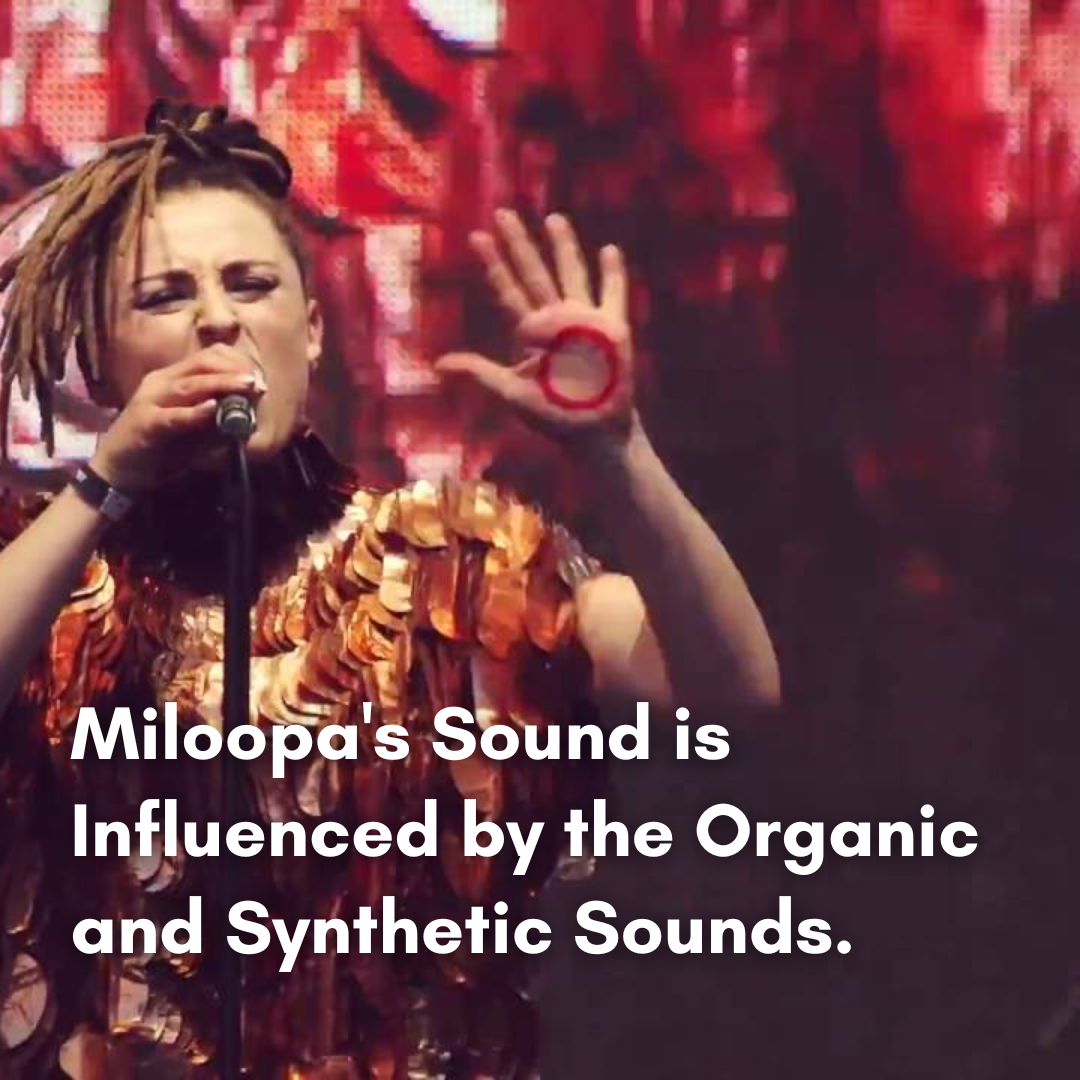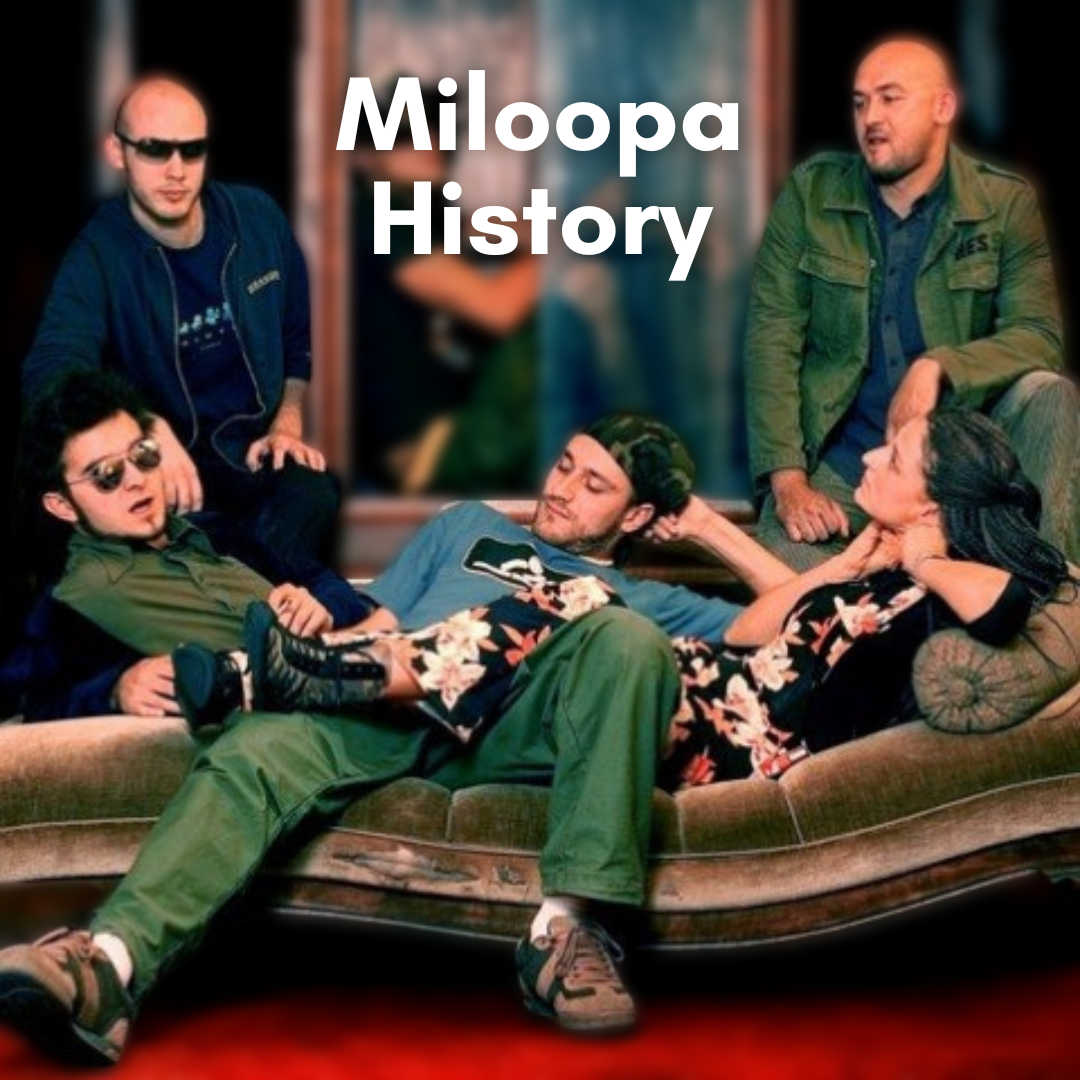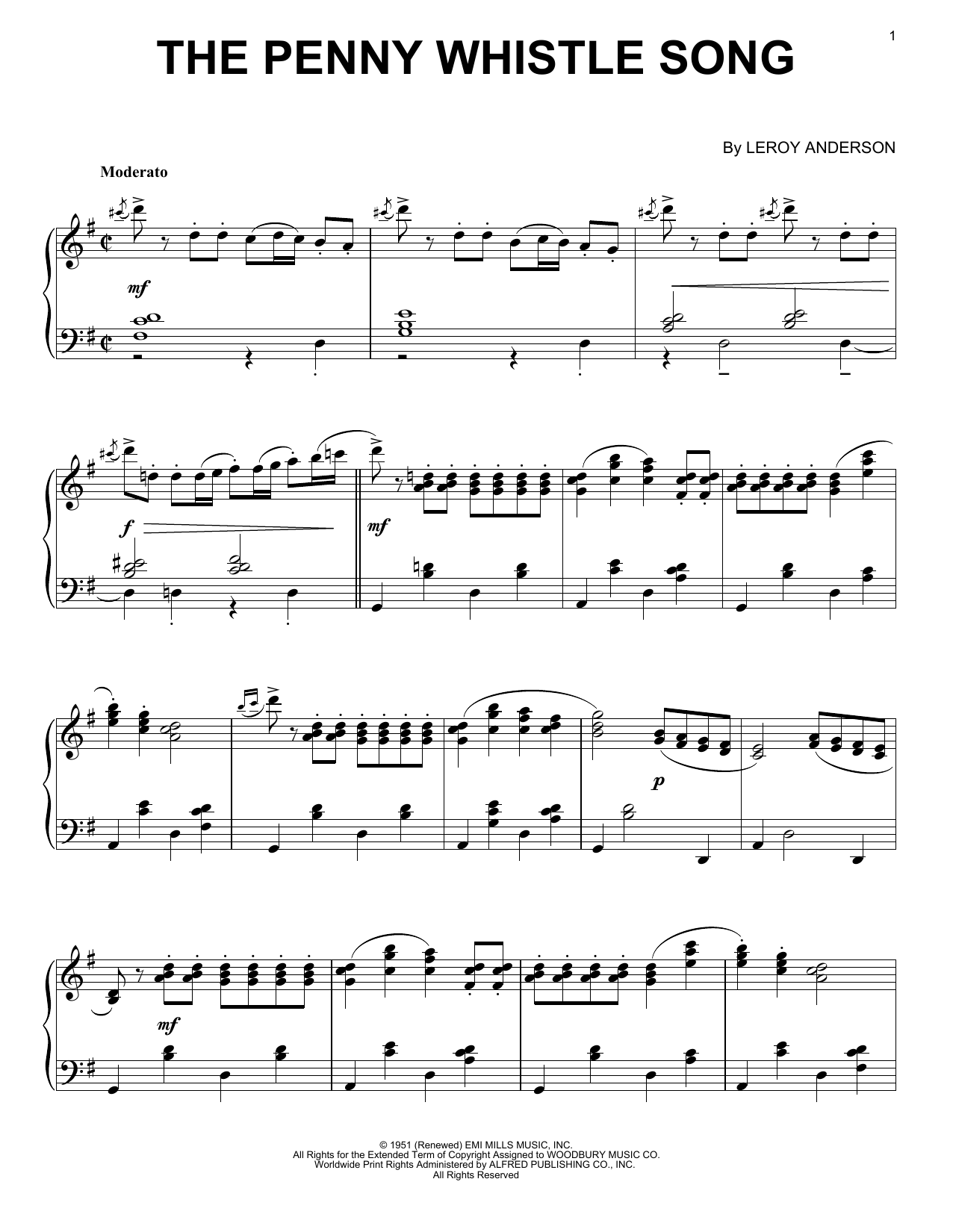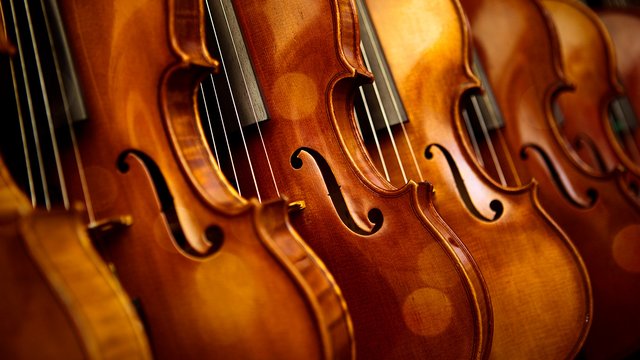Radek Bednarz is often simply known as ‘Bond’.
Many bass communities consider Bond to be the one who brought electronica and dubstep-styled basses to the stage. His pioneering work on live bass is unmatched and his innovative work continues to push the boundaries of what is possible with stringed instruments.
Bond is a bass player with several bands based in Poland. He also manages gig-ant bookings and management. Bond is a busy man who has a wide range of musical tastes and influences. His band Miloopa’s latest release, “Optica”, shows how far his musical style has advanced since their early days. The record’s success and praise are well deserving. Bond is also responsible to modulate the low-end of Fat Burning Step and Digit All Love. He is also host to the Eklektik Sessions, which brings together musicians from all over the globe for electronic-infused live performances.
Bond’s work has been mentioned a few times in my blog, and I have always considered him an influence. Naturally, when Bond offered to talk about his setup and approach, I was thrilled! Get familiar with Bond’s work, and his back catalog.
- Miloopa
- Fat Burning Step
- Digit All Love
- Eklektik Session
- Gig-Ant
- How long have you been playing bass & when did you get involved in the ‘Electronic/Dubstep/Drum&Bass’ scene?
“I started playing bass guitar 17 years ago.
I have always been interested in different styles and wanted to try them all. After a while, I started to explore drum’n’bass. And breaks. It was a new area for me and I felt a strong desire to perform it live. As I was looking for more processed sounds and a bass guitar, I began to explore the electronic scene. Dubstep was a revolutionary sound that treated the bass better, and it became popular in all bass communities. The thing is, people love the Bass, especially when it goes wild.”
- What would you call your live sound?
“I use pedals as modules to make separate chains and create different sounds.
It all depends on the project. As much as I like to modulate in real-time, I also love pure and natural tones coming from the bass.
- How do you currently set up your studio/live setup (bass, amp and all the important effects)?
“Fender Jazz 76, Eden amp, and 4×10 cabinets.
Another instrument I play is a Korg Polysix. The studio is a great place to exercise, and I make use of everything that’s available.
Effects-wise, I use a combination of distortions, frequency modulators and filters. Delays are also used. As it changes frequently, it’s difficult to give a list of a particular set up.
- It’s nice to see the Moog MP201 used by another person. We would love to hear how you use the Moog MP-201 in your setup.
“I use it primarily with Moog Low Pass filter as an expression pedal, and LFO generator. MP-201 allows you to hook up multiple Moogerfoogers /CV gear simultaneously, but I prefer to use the LPF with MP-201/MP-201 for control of each one. This controller is great because it allows you to adjust different parameters simultaneously and can be synced with software such as drum machines, etc.
- A mix of synth, live bass and even a set Moog Taurus pedals can be found in many of your gigs. Are they all considered separate instruments or are you trying to fulfill your role as a ‘bass player strong>?
There are many ways to play bass without having your fingers move around the neck. While I still play the bass, I wanted to be a bit more creative with the sounds. I don’t want my repertoire to be limited to the bass guitar. Key bass is not only a great sound but it also gives you different ideas and feelings. This is how I compose my bass lines. Another great source of sub- and heavy bass is the Taurus. Get down on your knees, and strike it with your fists!
- What’s your current favorite pedal?
“I like Moog’s Freq Box a lot, and I have been using the Source Audio Bass Filter with HotHand control lately. As I had an already noisy bit crusher, a friend built me a nice and clean bit crush.
- Do you have a favorite effect (dirt, delay, modulation, etc )?
“Every effect has its charm …”
- Beyond the pedals, how much do you think about the extras (such as switching, patch cables quality, and instrument leads)? What do you use in your set-up?
“Setting up a smart pedalboard can be a difficult task. It takes patience if you want it to work.
When patching pedals, I think of modular synths in the same way that I think about vintage synths. Presets cannot be saved, but I use an 8-channel looper (the Carl Martin Octa Switch), to make it easier for me to remember the main settings of a sound. This is a great way to prevent signal loss and noise from the signal chain.
- Which pedals, etc. What are your top ten most-wanted items right now?
“I purchased a vintage analog synthesizer for bass from the 70’s, The Roland Gr33B. It was made for use with a very special Roland MIDI bass that had a 24-pin connector. I am looking for an adapter to the GK3 later pickup that uses 9-pin connectors. I found a schematic for how to make one so I’m looking for someone who can help me.
- Do you have any hints or tips you can share with regards to effects/pedals/signal chains etc…?
Try different setups, effects, and change the routing to find what works for you. You have endless options to create sounds. But first, listen to the music. Sometimes, no pedals are necessary at all.
- You can be involved in bringing together musicians from many genres through the Eklektik Session. How can you adapt your sound and style to work with other artists?
“Eklektik Sessions is a platform that allows us to collaborate with international and local artists, and often come up with a unique performance. We don’t restrict ourselves to any particular style, and we don’t like to practice too much before gigs. This keeps us all focused on what’s going on on the stage. It’s inspiring to be surrounded by musicians who can sing their hearts out and are able to perform. It’s not easy to be open-minded and flexible when working with people. Sometimes you want to push your ideas to the top.


